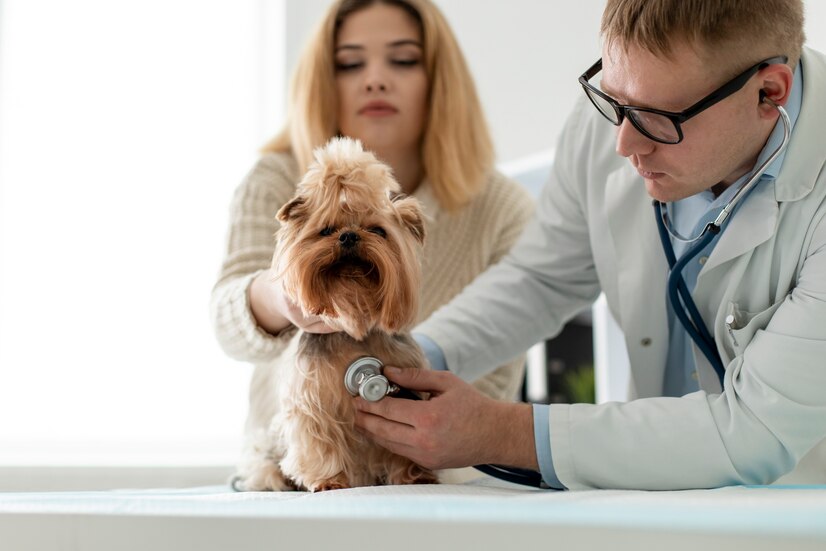Our beloved pets bring immense joy into our lives, but surprising vet bills can push even the most loving pet owner’s budget. This is where pet insurance steps in, offering a financial safety net for your pet’s healthcare needs. But how exactly does pet insurance work? Let’s delve into the world of pet insurance and explore its intricacies.
What Does Pet Insurance Do?

Pet insurance functions similarly to human health insurance but with key differences. Here’s a breakdown of the core concepts:
Reimbursement Model: Unlike human health insurance with co-pays and upfront coverage, most pet insurance plans operate on a reimbursement model. You pay the veterinarian upfront for your pet’s treatment, then submit a claim to your pet insurance company for reimbursement based on the terms of your plan.
Coverage Options: Do all vets take pet insurance? To understand these you must know about the converge policies and the clinic’s policies. Pet insurance plans come in various tiers, offering a spectrum of coverage. Accident-only plans are for injuries from accidents like broken bones or lacerations.
Accident and illness plans: This is the most common option, covering accidents and illnesses like allergies, infections, or even certain cancers.
Comprehensive plans: These offer the most extensive coverage, including accident and illness coverage, along with additional benefits like wellness exams, behavioral therapy, or alternative therapies.
How Does The Pet Insurence Process Work?
Research different pet insurance providers and compare plans based on factors like coverage options, deductibles, reimbursement percentages, and monthly premiums.
Enrollment: Once you’ve chosen a plan, enroll your pet with the insurance company. Be prepared to provide your pet’s age, breed, and health history.
Veterinary Care: If your pet gets sick or injured, take them to a licensed veterinarian for treatment. Pay the vet bill upfront.
Filing a Claim: After receiving treatment, submit a claim to your pet insurance company. This typically involves submitting the vet bill, any medical records from the visit, and a completed claim form.
Claim Processing: The insurance company will review your claim based on your plan’s coverage details, exclusions, and any pre-existing conditions.
Reimbursement: If the claim is approved, the pet insurance company will reimburse you for a portion of the covered veterinary expenses, typically according to your chosen reimbursement percentage (e.g., 70% or 80% of the covered amount).
Choose the Right Plan: Consider your pet’s age, breed, and potential health risks when choosing a plan. Don’t just focus on the lowest premium; ensure the coverage aligns with your pet’s needs.
Understand Your Policy: Read your pet insurance policy thoroughly and familiarize yourself with the terms, conditions, and exclusions.
Maintain Records: Keep copies of vet bills, prescriptions, and other relevant medical records for easy claim filing.
Pre-Authorization (if applicable): Some procedures might require pre-authorization from your insurance company before they will reimburse you.
Open Communication: Maintain open communication with your veterinarian about your pet’s health and your pet insurance coverage.
The Bottom Line:
Pet insurance can be a valuable tool for responsible pet owners. By understanding how it works, you can make informed decisions about your pet.
Also Read
- How To Delete Xbox Account?
- 10 Best Gaming Laptops for All Types of Gamers
- What Is Sandbox VR? How Much Is Sandbox VR?


